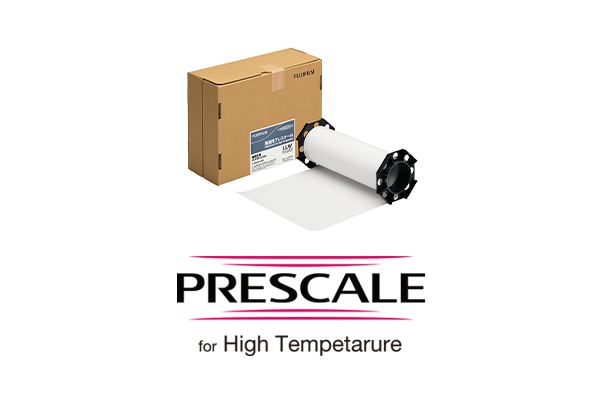The base film is coated with a thermosensitive color-forming layer and a protective layer, as shown in the figure above. Touch the non-glossy surface to the heat source and observe the the glossy side of the sheet to see the color patterns that represent heat distribution.
Heat melts the developer and makes the microcapsule walls permeable, allowing developer to enter the microcapsules, where it reacts with the color-forming agent to produce color.
The extent of color change depends on the temperature of the heat source and the contact time. Even at the same temperature, a shorter contact time produces paler colors with a blue tint and the increasing contact time makes the colors deeper with a red tint. Note that the color change is also influenced by factors such as the type of material on the opposite side (i.e., the non-heat source side), thermal characteristics, contact pressure and air flow, so calibration should be performed under actual usage conditions.
Recommended service temperature range: 15°C–30°C Recommended service humidity: 35% RH-80% RH
- * The above sample colors were produced by Fujifilm under test conditions. Calibration should be performed under actual usage conditions to ensure temperature correspondence.
Cut a piece of Thermoscale film to the required shape/length and place it on or inside the equipment.
Operate the equipment in the normal manner to bring the Thermoscale sheet in direct contact with the heat source.
- *The non-glossy side should be facing the heat source.
Color patterning is produced on the Thermoscale sheet in response to heat distribution.
Remove the Thermoscale sheet and observe from the glossy side.
- * The color patterning indicates the heat distribution over the heating surface.















